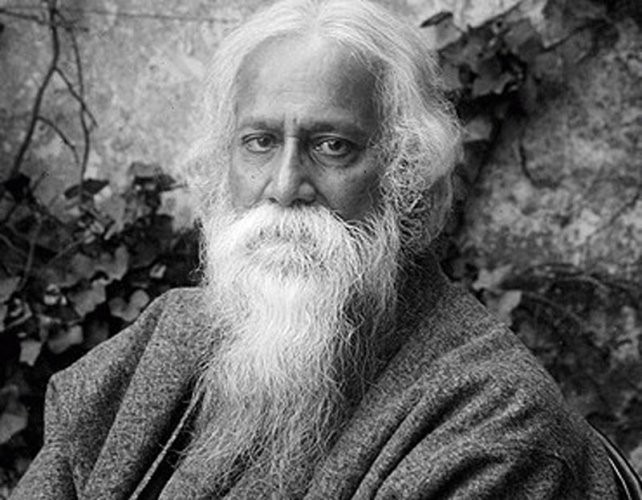Zoning appeals
You don’t need a PhD in anthropology to figure out that some social practices broadly accepted and followed in Western countries are either alien—or simply ignored—in other cultures. A case in point is the orderly line or queue.
It’s certainly annoying when someone jumps in ahead of you at passport control or while you’re in line at a bank or waiting to pay for your groceries, but it’s hardly a crowd control issue. However, queue-hopping becomes a problem when a lot of people do it simultaneously. It certainly creates a challenge for global organizations such as airlines that need to control human movement.
I had met my colleague, Nicola Christofides from the University of the Witwatersrand in South Africa, in Dubai. Our flight to Dhaka in Bangladesh on an Emirates Boeing 777 was full, as it usually is, with migrant workers returning from the Gulf states. It was the Bangla new year, and many were returning for the holidays. All passengers had boarding cards with their zones listed.
The gate agent made the routine announcement, inviting first class and business passengers and families with children to board first. The crowd parted to allow a few to make their way to the jetway. When the agent announced, “Zone A,” the crowd surged forward, pushing past the few Westerners who were dutifully waiting for their zone to be called. The pushing and shoving was all pretty good-natured, but it was evident that the battle for overhead compartment space was on. For a few minutes, the agents attempted to collect boarding card stubs, then simply gave up.
On board, passengers ended up in the wrong aisle and had to make the long detour around the bathrooms to reach their seats. The United Arab Emirates women’s under-19 soccer team, on its way to compete in a multinational tournament in Dhaka, boarded en masse and clambered over seats to be with their friends. The cabin crew remained calm. They were evidently used to the chaos.
Communication problems
On the drive from Dhaka airport to our hotel--the curiously named Bengal Blueberry in the Gulshan-2 district--the conversation with the driver, Mohammed Deloa, went something like this.
“They’re selling a lot of fruit at the roadside stalls. Which fruits are in season?”
“You will find many good restaurants close to our wonderful hotel. I’m sure you will be very happy with the choices.”
“Yes, but what about the fruits? It’s April. Are the mangoes good?”
“The Blueberry restaurant has a good menu. But you may also eat at the food court in the mall next to the hotel.”
Obviously, it was time to change the subject.
“Why is it called the Bengal Blueberry? I’ve never seen blueberries in Bangladesh.”
“The company has three hotels in Dhaka. The Bengal Blueberry, the Bengal Inn and the Bengal Canary Park. All offer superb service.”
“But why Blueberry?”
“Our staff will make you very welcome.”
Nicola and I decided that Mohammed had mastered a few key marketing scripts in English but was not able to offer much more. I reverted to a standard Dhaka topic where almost anyone with basic English can participate.
“The traffic from the airport isn’t too bad today.”
“No, sir. It is the weekend. Much worse during the week. Only 20 minutes to the hotel. One hour or more at other times.”
We pulled up at the Bengal Blueberry, where a sign advertised the Bluelicious Restaurant. Mohammed dutifully pointed out the entrance to the mall. We resolved to try the food court.
Food Court
I have no ambitions--and certainly no qualifications--to be a food critic. But I’ve eaten at enough cheap places in malls around the world to offer some insights. I guess I can modestly claim to be a food court critic.
Mohammed was right. The food court in the small mall next to the Bengal Blueberry--two floors up from the Unimart supermarket where I’ve shopped on previous visits to Dhaka--offers an amazing variety of cuisine, and an even more amazing variety of names. Collectively, if rather pretentiously, it is called The Chef’s Table.
Nicola and I decided to skip “The Crack Shack,” which offered nothing more addictive than smoothies and snacks. I eat Mexican at home in West Virginia often enough that “Dos Locos” did not appeal. “Uncle Sam’s” offered crepes and waffles, but no burgers (try “Impulse Burger” two floors down for a Bangladesh Whopper). We passed on “Pizza Guy,” which offered the “Nightmare Firestorm” (probably the one with all the toppings). There was “Pastamania” and “The Italian Place--a place to hang your hat” (if you have one), “Madchefx” and “Hakka Chaka” (looked Japanese). We considered the Middle Eastern place, but ended up at “Taste of Lanka,” where I had the “Housefull” combination plate. Pretty good, although more generic South Asian than distinctively Sri Lankan.
Should we order more food from The Chef’s Table?
Apart from the variety, there are two cool things about The Chef’s Table. First, each establishment has a kitchen and the food is freshly cooked. You pay and come back in 15 or 20 minutes to pick up (or sometimes they will serve you). Second, all food is served on real plates with cutlery--not a polystyrene dish or plastic fork in sight. After you’ve finished your meal, a busboy clears the table. In other words, restaurant-style service in a food court.
As a newly minted food court critic, the only recommendation I can offer is to Madchefx which put out a board advertising “Today’s Special.” It read (I am not making this up):
Today’s Special: Buy two meals--and pay for them both.
What a deal!




































